6. Ida (2013, Paweł Pawlikowski)
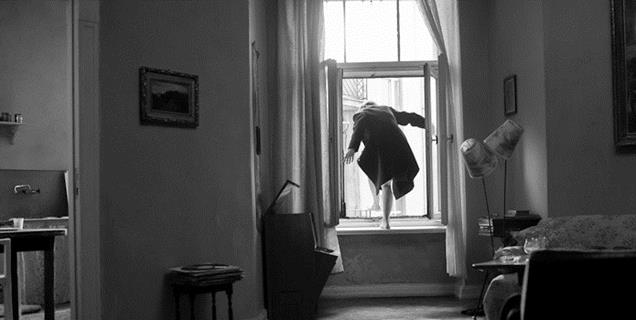
The specifications that grant “Ida” an Antonionian style are almost as strong as the elements that remind us of “Ashes and Diamonds” (Andrzej Wajda, 1958). The visual composition and the huge importance of architecture in “Ida” are equally as significant as the narrative role of architecture in Wajda’s film, where the use of low ceilings, repeated through the duration of the film, give a precise impression of the social ambience of that very time in Poland. The pressure of the downpouring ceiling is even present in the scene with the ruined church, where an upside-down figure of Jesus gives the same impression of a low ceiling.
Ida, much like the main character in “3-Iron”, is quite a silent character; she doesn’t talk much and her face lacks any marked impression and emotion, which is the opposite of her aunt, who clearly expresses what she feels and easily puts those feelings into words. This very method of wordlessly moving on with the storyline is absolutely what recalls Antonioni’s approach in treating and concluding cinematic narrations like “Blow-Up” and “L’eclisse”.
The elements that keep us sympathizing with Ida’s character are the narrative ambients she puts herself into and her actions. Ida’s dialogues with her aunt, and later with the musician, are indirect, almost undramatic phrases that are quite similar to the kinds of dialogues utilized in “La Notte” (the dancing scene).
The blocking method can be noted in “Ida” as well; the film is stuffed with compositions where the aspect of the character is partially covered by a low arch (during the dancing scene) or other architectural elements. In lots of cases, the character is not positioned as the central visual element of the composition and is included in the shot merely as another architectural visual element.
7. Death Trilogy: Gerry (2003), Last Days (2005), Paranoid Park (2003) – Gus Van Sant
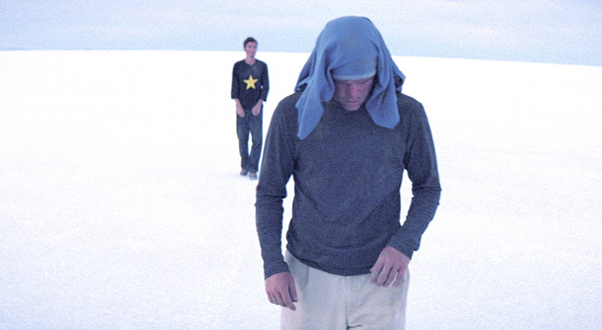
The face of the protagonist in “Last Days” remains blocked by his long hair for almost the entire duration of the film. Nonetheless, we know that the film is mirroring back last days of Kurt Cobain. Van Sant’s mode of narration pretends to be subjective, but at the same time, it physically keeps its distance from the protagonist. It is, in fact, maybe the most objective possible approach toward the life of an already famous person.
There is something similar between Van Sant’s narrative style and that of Garrone; they both benefit from a mode of documentation to narrate a cinematic fiction story, though the fundamental difference between them is the fact that Garrone is basically using a cinematic documentary mode of narration, but Van Sant’s approach is similar to the kind of imagery we normally see during fashion catwalks.
In fact, the faces of Van Sant’s characters recall the facial expression of the models, which is frankly “nothing”. Van Sant’s protagonists have their faces devoid of any kind of expression, and their long walks (following shots) seem to be quite similar to models catwalking.
Harris Savides, Van Sant’s director of photography throughout the Death Trilogy, actually started his career with fashion photography. All of this recalls the same method of composition and the same choices of characters in “Blow-Up”, which takes place in the very same field of fashion photography where the protagonist is surrounded by models, and he has an equally expressionless face.
It all makes sense since Antonioni’s film is based on the very concept of “reality” and “subjectivism”. Similarly, the narrative ambience of the film, London, offers a plain flat light, the kind of light you expect to find in a city as cloudy as London, which is a technical mode of avoiding shadows and having a more uniform light; the technical interpretation of having an objective approach.
Apart from the mode of characterization, Van Sant’s choice of locations and their dominant dramatic presence are quite similar to Antonioni’s. “Gerry” is about being lost in a dominant ambience, something that reminds us easily of “Zabriskie Point” (1970) and “L’avventura”, where the surrounding ambience is something more than a background environment, and dramatically has a significant weight.
8. The Piano (1993, Jane Campion)
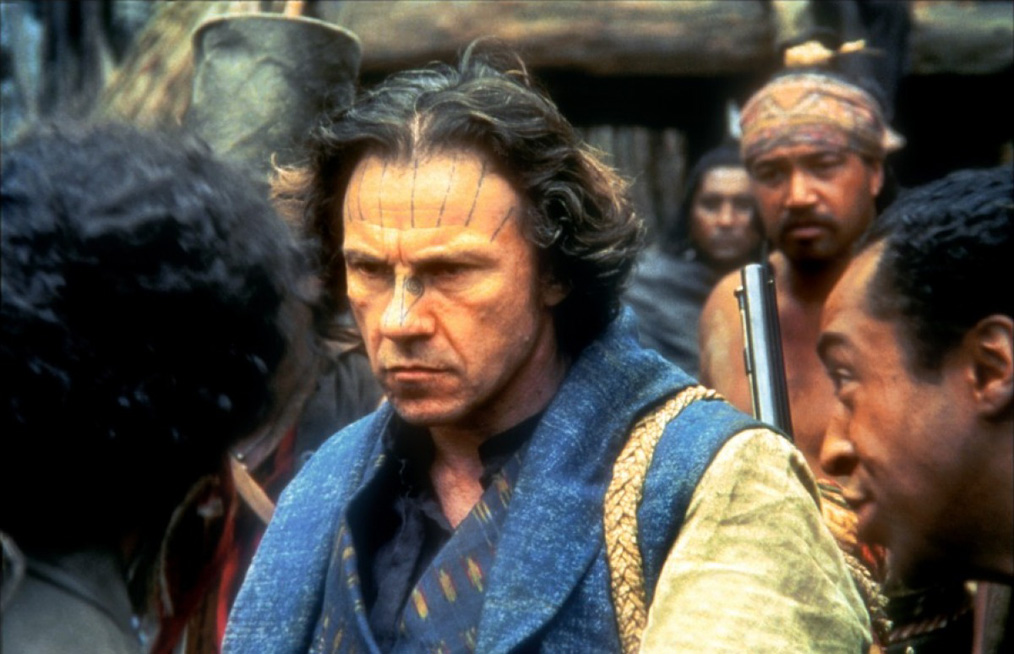
Though a voiceover narration facilitates the embodying of the spectator with the mute character (Ada, played by Holly Hunter), the fact that the character is still being represented through her choices and actions and not through the dialogue is what mainly brings Campion’s style closer to Antonioni’s narrative style.
Ada cannot express herself through words and alternatively, uses music as the mode of self expression. The difference is in the choice Campion made to replace words with musical notes, which in comparison to dialogue, is a more subjective model of self-expression.
The ambience and elements that physically cover and block the character’s aspects are other essential elements that have put “The Piano” on this list. Shooting the character running in a forest-like ambient is a smart choice in following a horizontal movement (the character is running) being interrupted by vertical elements (the trees).
It’s a similar kind of approach that Van Sant has used in framing his characters; instead of taking a close shot of the character’s eyes, Van Sant restricts the character’s aspect. For instance, showing a scarf being tied around Matt Damon’s face, revealing only the eyes so he doesn’t get closer to the protagonist, simply and physically limits the visual elements.
9. Jeanne Dielman, 23 Quai du Commerce, 1080 Bruxelles (1976, Chantal Akerman)
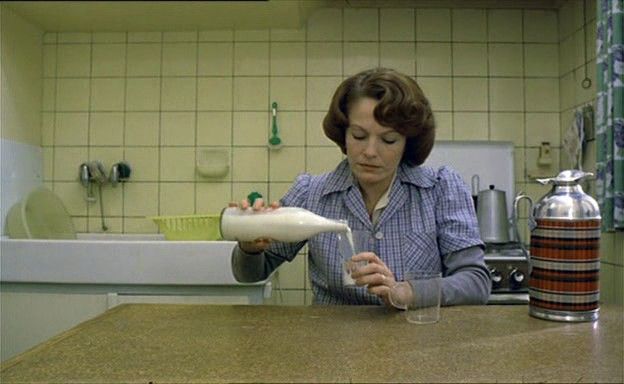
The same concept of the dancing scene in “La Notte”, mentioning the fact that daily life can be pointless and absolutely empty of any trace of drama, forms the story of Jeanne Dielman.
Obviously, Akerman’s approach is more experimental than any other filmmaker on this list. What brings her closer to the others is the fact that Akerman creates drama based on a daily routine and documentary-like material. The story of the film is shown through divided screens, each representing a different day of Jeanne’s life. The screens are entitled “Day One”, “Day Two”, and “Day Three”, showing Jeanne repeating the same routines every single day.
At a certain point, we realize that she is having sex with men for money, but it still is another daily repetitive routine that she performs almost automatically. This repetitive routine is interrupted on the second day when Jeanne drops a spoon and cooks the potatoes more than usual. These small differences represent an upcoming change in her daily life, when on the third day, she kills one of her clients.
Again, the subjectivity of a character is represented through her actions. The repetitive images and acts reinforce the final impact of the only act that gets out of the circle and breaks the routine. Akerman’s approach is undoubtedly a cinematic form of documentation. She doesn’t frame the character closely; the character doesn’t express herself verbally and the importance of the house as the most repeated location in the film recalls the fact that Jeanne’s house has a crucial part in her characterization.
Every aspect of the house has been shot through one single angle and frame that gets repeated through the narration, meaning that Akerman doesn’t change the position of the camera, the angle, or the lights; every single time we see the corridor, it is from the same physical position, apparently the same location.
The location is repetitive, just like as the character’s actions, representing an apparently similar and unchangeable state. However, what is actually changing is the state of mind of the character. Akerman’s film is practically Virginia Woolf’s “Mrs. Dalloway” in a cinematic narration.
10. Amateur (1994, Hal Hartley)
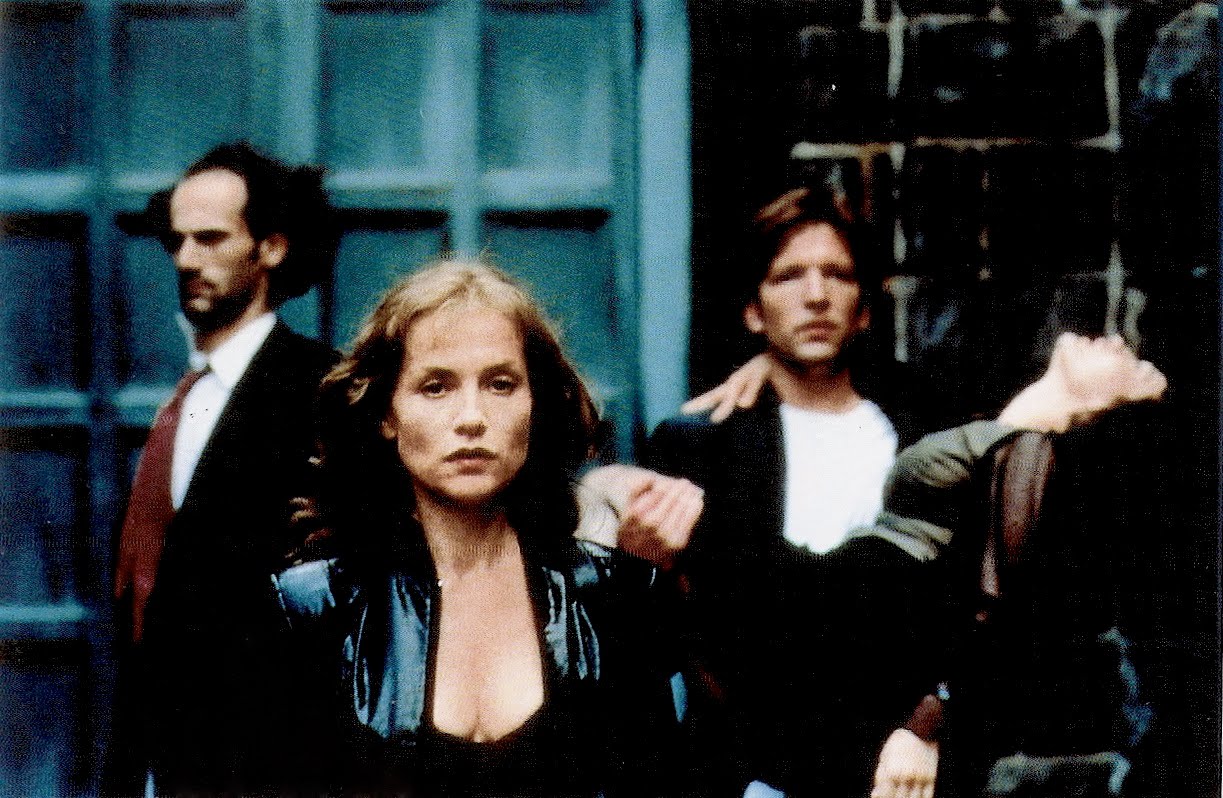
Hartley’s characters are either hysterical and exaggerated or without any kind of facial expression. The fact that “Amateur” is stuffed with dialogue, which the characters pronounce robotically, doesn’t mean that Hartley keeps the main dramatic weight of the story on the verbal communication. Most of the dialogues are performed quite hastily and without arriving to a dramatic point.
If Antonioni’s “L’avventura” takes form in the absence of the lost protagonist, Hartley empties his protagonist of any kind of dramatic information. He doesn’t remember who he is; he can not even recall if he smokes or if he is Dutch.
The whole storyline takes form by him confronting the consequences of his previous acts, though he has no idea what he has done or what kind of person he was before losing his memory. The plain lights, the faces without expression, and the mode of objective characterization are the most essential specifications that put Hartley’s “Amateur” on the list of Antonionian films.
Author Bio: Maryam Raz is a freelance filmmaker and screenwriter. La Mite based on The Gentle Spirit of Dostoyevsky is her most recent work.